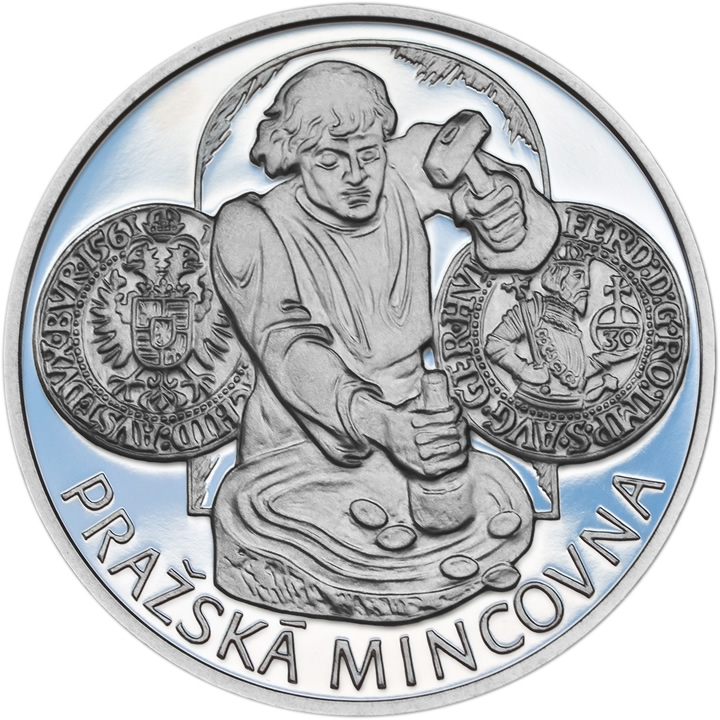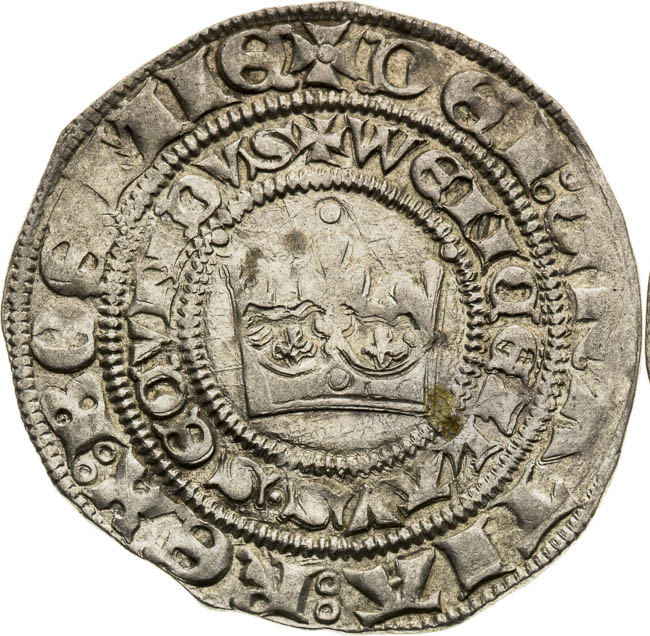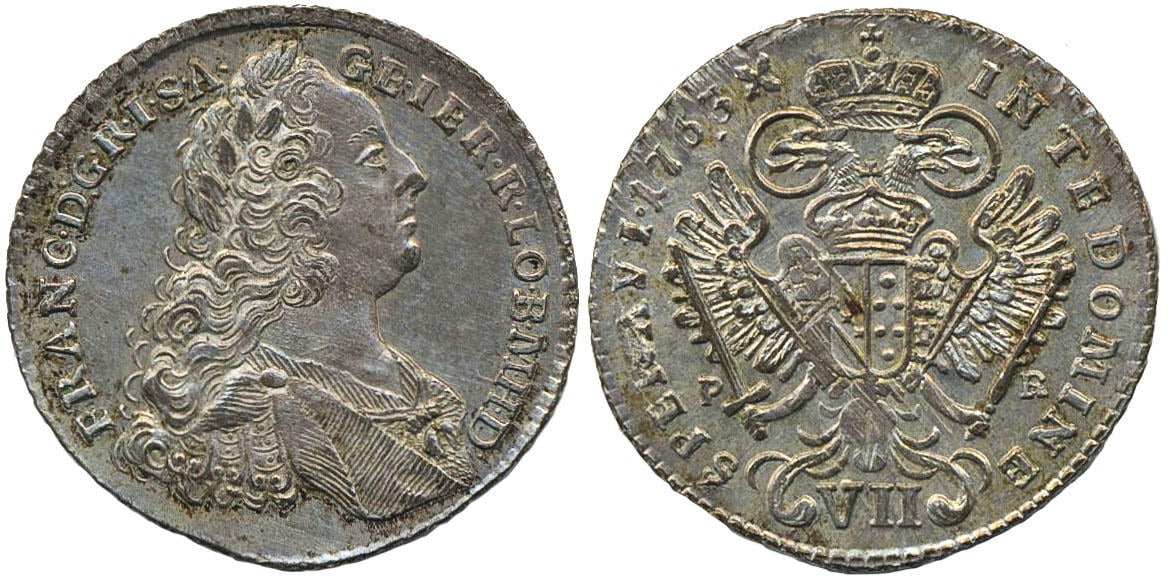Great Advice To Numbering Czechoslovakia Medals
Great Advice To Numbering Czechoslovakia Medals
Blog Article
How Do High-Precision Cnc Machines Cut The Design Into A Die, Or Master Hub For Striking Gold Coins Or Medals?
A CNC machine is crucial in creating master hubs or dies that are used when striking gold coins or gold medals. Here's a quick overview of CNC Programming.
Software known as CAD (Computer Aided Design), can be used to make digital 3D models for coin and medal designs.
The CAM software (Computer Aided Manufacturing), creates the toolpaths and directions for the CNC machine based on the 3D designs.
Selection of Die Material-
To perform CNC machining, either the master hub or die, which is durable and high-quality components like steel, brass or hardened alloys are employed. These materials can withstand the extreme pressure striking process and provide accurate reproduction of the design.
Fixturing and Setup-
For precise cutting, the material is securely fixed to the CNC machine's table or vice. The correct fixturing procedure is crucial to avoid vibrations or movements during machining.
CNC Machining Process
CNC machines use end mills and ball mills for cutting tools to cut designs into master hubs or dies.
The CNC machine makes use of the toolpaths programmed, removing the material with precision from the block of material in accordance with the 3D models specifications.
There are a variety of types and sizes to cut out the designs of a medal or coin.
CNC machine moves are controlled by a computer algorithms, which guarantee precision to the micrometer level.
Refinement and Finishing
The master hub, or die, is refined.
Surface finishes can be enhanced by finishing or polishing surfaces using hand tools or making use of equipment that is specifically designed for the job.
Quality Control, Inspection and Testing
The finished die or master hub undergoes strict inspection using measurement tools such as gauges, micrometers or optical measuring devices to confirm the that the die is in good condition and conforms to design specifications.
Treatment and hardening (optional).
Certain dies could undergo additional treatments such as heat hardening or other surface treatments to enhance durability and resistance to wear during the striking process.
CNC machines are able to reproduce intricate designs with precision using master hubs and dies. These machined dies are essential to ensure the exact and consistent striking of gold coins or other coins. Have a look at the top CNC Machining Czechoslovakia gold medals blog examples including purchasing silver bars, american gold eagle 1 oz, buying silver, 10 dollar gold coin, five dollar gold piece, $20 gold coin, gold doubloons, buy gold biscuits from bank, american buffalo coin, price of 5 dollar gold coin and more. 
Why Do Dies Used For Striking Gold Medals Or Coins Undergo Procedures Of Vacuum Hardening?
The technique of vacuum hardening is used in the production of gold medals or coins. It involves heating the dies at high temperatures, and expose them to controlled conditions in a vacuum. Here's a brief overview of vacuum hardening dies.
To create dies to be used to make the coins or medals, they need to be clean and free of any residues or contaminants.
Moving into Vacuum Furnace
The dies are placed inside the vacuum furnace. It is a specially designed chamber for heat treatment that is capable of creating the conditions of a vacuum.
Evacuation with Airplane
The vacuum oven eliminates all air from the chamber and creates a safe environment without oxygen and other gases. This prevents oxidation and also ensures a uniform heat treatment.
Heating Phase-
The furnace is preheated to the required temperature for hardening of dies. The temperature range is based on the particular material used as well as the process of hardening.
Soaking in high temperatures
The dies are held at a high temperature for a specific time which allows the material to achieve and retain the desired hardness as well as the metallurgical structure.
Quenching or Cooling
Utilizing specialized techniques using specialized techniques, dies are swiftly cool down or melted after the soaking process. Rapid cooling helps to lock in the desired hardness and strength in the steel.
Tempering (Optional)-
In a few cases it is carried out following the hardening phase. Tempering involves heating dies to a lower temperature to ease internal tensions and improve toughness.
Quality Control & Inspection
The dies that have been hardened are inspected and tested to ensure that the dies are in compliance with all of the specified requirements.
Post-Treatment Handling-
The dies are then coated or polished, and are used to make coins or medals.
The vacuum hardening procedure enhances the strength, durability as well as the wear resistance and life span of the dies used to create gold coins or medals. This process, which creates a safe environment that is free of airborne pollutants, assures that the dies are honed consistently and reliably, contributing to the overall quality and durability of the products. Take a look at the top vacuum hardening Prague Mint gold medals more advice including krugerrand gold coin, 1 ounce gold bullion, gold pieces for sale, canadian gold maple leaf, 1 10 american gold eagle, $50 gold piece, 1 4 oz gold coin, buying silver, sell gold silver near me, gold dollar coin and more.
What Coating Methods Are Used To Shield The Gold Of Medals And Coins?
The coating process is employed to enhance, protect appearance, or create specific aesthetic effects. These are some of the coating methods that are employed.
Clear Protective Coatings (Varies). A clear protective coating, such as lacquer, which is a special plastic, can be applied to protect the surface against oxidation, scratches or tarnishing. The coating is designed to preserve the original appearance and shields the metal beneath.
Enhancement of Appearance
Gold plating and Gilding: Gold coins or medals may be plated using a thin gold layer. This gives the coin or medal an extra luxurious, shiny surface.
Aesthetic Effects
Patina or Antique Finishes - Specialized coatings or chemical treatments can be used to create an antique look. This method artificially ages the surface, creating an aged or oxidized look, adding dimension and character to the design.
Coloring or ColorizationSometimes, specific areas of the medal or coin are colored with special coatings or enamels in order to emphasize design elements, create contrast or to add visual interest.
Anti-Tarnish Coatings-
Anti-Tarnish Solutions: For coins or medals that have intricate designs or surfaces susceptible to tarnish, anti-tarnish coatings or solutions can be applied. The coatings protect the metal's surface from oxidizing or discoloring with time.
Specialized Coatings For Security Or Authentication
UV-Reactive Coatings. Certain coins and medals are coated with special coatings that react with UV light to reveal hidden or encoded components. These are used for authentication and security purposes.
Selective Coatings and Contrast
Selective Coating Removal - In certain instances coatings are removed selectively from particular regions of the coin or medal to create contrast between polished and coated surfaces, emphasizing the design elements.
Each coating process has an objective whether it's to shield the metal, improve appearance, produce certain aesthetic effects, or add security features. These coatings impact the aesthetic appeal quality, durability and worth of gold coins as well as other medals. Check out the best coating Prague Mint gold coins website examples. including gold penny, 1oz gold eagle coin, one ounce gold bullion, gold american eagle price, price for one ounce of gold, gold and silver buyers near me, canadian gold maple leaf coin, gold eagle, coin gold bullion, gold & silver bullion and more.
How Are Gold Blanks Fed Into Coin Presses And Stamped Under Extreme Pressure While Minting?
In the process of minting, gold coins and medals are produced by pressing them under pressure. Here's a quick look at the process of loading blanks.
A feeder system is connected to the coin press. The system loads gold blanks that have been prepared and checked for quality. The feeder system is responsible for ensuring that blanks are continuously flowed into the coin press.
Feeding Blanks to the Press
The feeder system feeds the blanks into the chamber for striking in the coin press one at a time. This ensures accurate positioning of each stamping blank.
Alignment and Positioning
The blanks are then positioned and aligned inside the chamber for striking of the press in order to ensure they are perfectly aligned to be used for stamping.
Striking Under Pressure
The coin press presses the gold blanks with the highest pressure using two dies - one stationary, and the other moving. The stationary die is the negative design impression, and the die that moves is the Hammer.
The die is moved to strike the blank with a significant force, and transfers the design to the surface of the blank. Die pressure creates relief and detail that is raised on the coin.
Striking repeatedly
For higher-quality coins or medals particularly collector's or proof editions, multiple strikes might be employed to produce a sharper, more defined appearance or design. Each strike fine-tunes the details inside the blank.
Ejection and Collection
Following the press's operation, newly-minted medals or coins are ejected from the press onto containers or trays. They are checked for quality control, to ensure that designs stamped meet all requirements and standards.
Post-Processing-
Minted coins or medals may undergo additional procedures such as edge lettering edge reeding, or even post-strike processes based on the design requirements or mint specifications.
Stamping under high pressure imparts the desired designs on gold-plated blanks, and transforms them to finished coins or medals that are ready for use in collections, circulation, or commemoration. The precision is crucial, because any slight deviation in the pressure or alignment of the gold blanks can have a negative impact on the look and quality of the finished product. Check out the recommended minting Prague Mint gold coins more examples. including 1933 double eagle, bullion bars gold, silver eagle coins, 1 10 american gold eagle, canadian gold maple leaf coin, apmex gold, coin buy silver, sd bullion gold, gold coins for sell, gold bullion price and more.